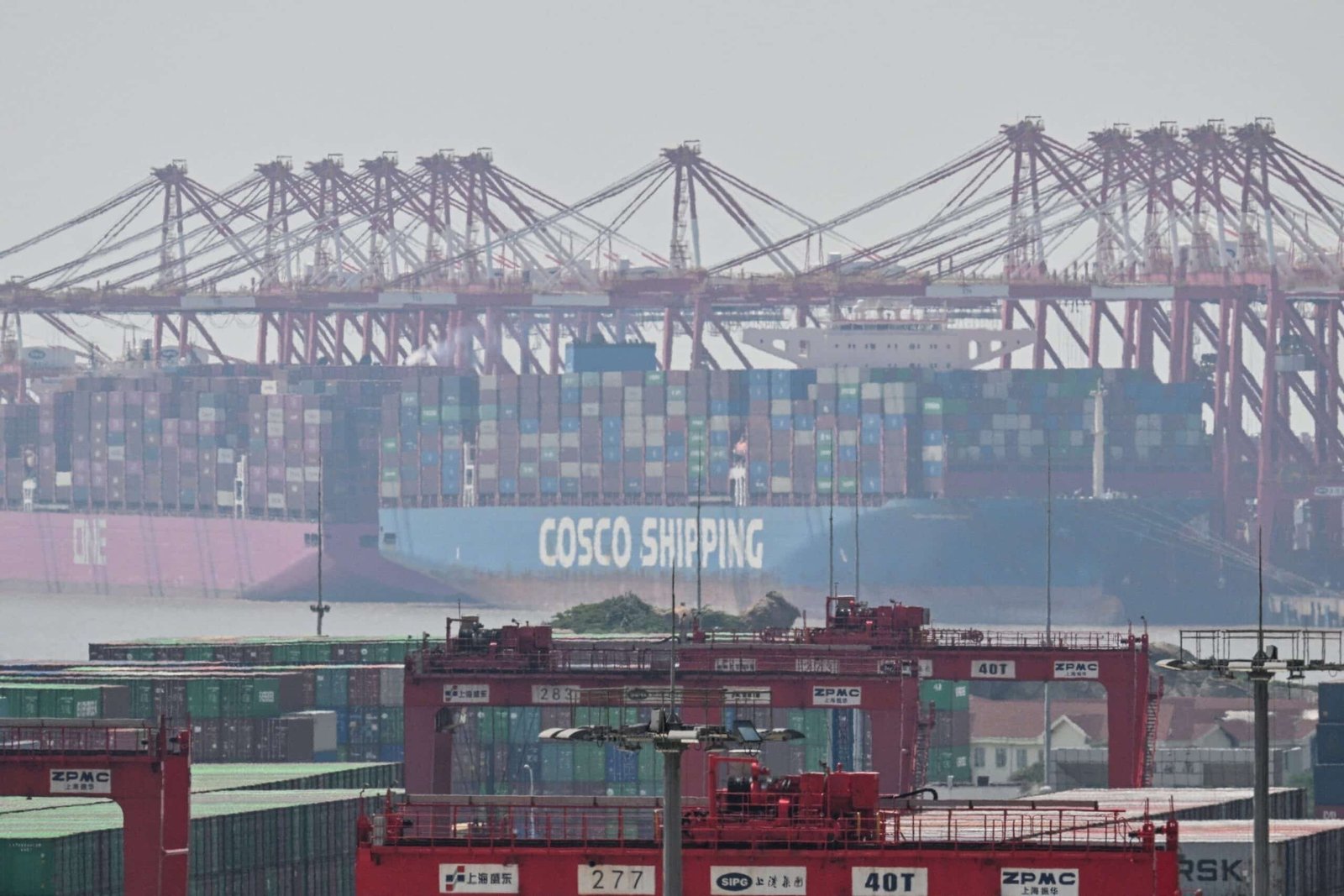The prognosis of economic growth of the United States was reduced abruptly on Tuesday by the Organization for Economic Cooperation and Development, or OECD, which attributed the grim perspective in part to tariffs issued by President Donald Trump.
The OECD expects the US economy to grow 1.6% in 2025, marking a substantial reduction of an expansion prognosis of 2.2% in March.
The economic growth of the nation will be delayed even more in 2026, the OECD said, reducing its prognosis for that year to 1.5%.
The damping perspective for the United States reflects an expected deceleration for the global economy, the OECD said, predicting that global economic growth falls from 3.4% in 2024 to 2.9% in 2025.
“Global economic perspectives are weakening,” said the OECD in a statementpointing out a variety of factors that include “substantial barriers to trade” and “major political uncertainty”.
The OECD also warned about a possible increase in consumer prices in the United States, saying that inflation could address 4% at the end of 2025. The inflation rate is currently 2.3%.
“Higher commercial costs, especially in countries that increase rates, will also increase inflation,” said the OECD.
The OECD forecast pronounces the concerns raised by Wall Street analysts and federal president Jerome Powell about the possibility that the tariffs of President Donald Trump can cause what economists call “stagnation”, which is when inflation and economy increases.
A growing set of important retailers has warned about possible price increases promoted by the rate, including Nike, Target, Walmart and Best Buy.
The attitudes of consumers have been grated for four consecutive months, according to tariffs, according to a survey conducted by the University of Michigan.
Consumer spending, which represents approximately two thirds of the economic activity of the United States, could weaken if buyers’ appetites decrease. In theory, a slowdown in spending could mark some businesses, which caused dismissals that in turn reduce consumer activity further.

A COSCO shipping load is shown in the Yangshan deep water port near Shanghai in the Eastern province of Zhejiang in China, June 3, 2025.
Héctor Retamal/AFP through Getty Images
“Global commercial tensions are affecting feeling,” said the OECD.
American tariffs remain above where they were standing before Trump’s second mandate began, but a series of encumbrances have returned in recent weeks.
A commercial agreement between the United States and China last month cut Tit rates per eye between the two largest economies in the world and caused an increase in the stock market. In a matter of days, Wall Street companies softened their recession forecasts.
The Us-China agreement occurred weeks after the White House stopped “reciprocal rates” long-range in dozens of countries. Trump also relieved the specific rates of the sector aimed at cars and backed down the duties of some goods in Mexico and Canada.
Trump’s most steep tariffs fell into legal limbo last week, throwing uncertainty about a large strip of economic policy signing of the president.
For now, the key measures of the economy are still quite strong.
The unemployment rate is historically low level and the growth of employment remains solid, although it has slowed from the previous maximums. In recent months, inflation has cooled, reaching its lowest level since 2021.




